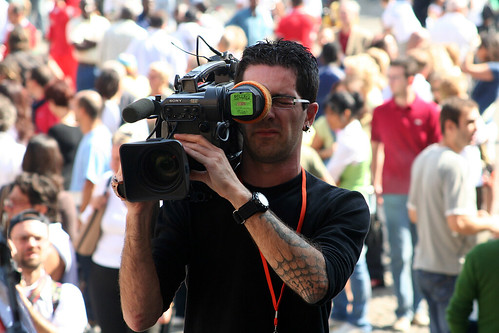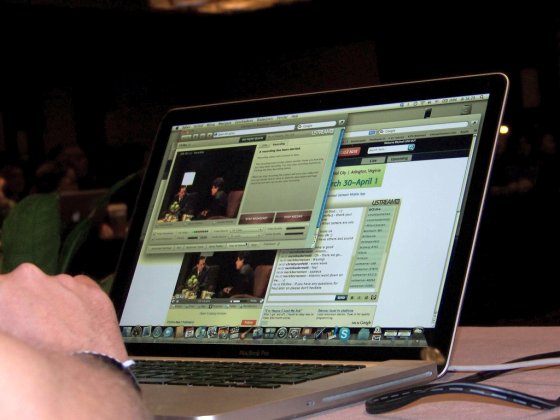Network TV broadcasters are constantly shuffling their lineups to optimize programming for their viewing audience. But with DVRs and time shifting, for many, time of broadcast is irrespective of time of viewing. That’s true unless you have a live program such as “American Idol” or a sporting event which protect their interstitial advertising because you have to watch it live. Much of the value of that kind of programming is lost if you don’t watch it live. Many have dubbed it TiVo-proofed.
While the importance of time is still somewhat important for all broadcast and cable programming, those live events must seriously consider the time they’re broadcasting to garner the largest audience possible.

Same is true for live online streaming events as well. While there is tons of video available on demand via YouTube and its 1000 competitors, a lot of video is available live on services such as Livestream, Ustream.tv, and Justin.tv. NewTeeVee has a great piece today where they interviewed all the services and asked them what were the best times to stream your event live online to maximize your audience.
The consensus: 3-5pm in your time zone is the best time to begin a live streamed event in order to get maximum viewership.
This answer really comes from all three services looking at their traffic numbers and when people jump online to view. I would hazard to guess the reason this time works is because most people get less productive at the end of the day and they’re looking to slack off a little. Or maybe they’ve actually finished their work for the day and they’re just looking for something to do to fill the time. Also, viewership, especially in comedy, goes up by the end of the week. Will Rogers, CEO of RooftopComedy, an on-demand comedy viewing service, told me that their viewership shoots up on Thursday and Friday every week.
That time, 3-5pm, is also significantly before any prime time network programming and when a lot of people have officially “logged off” for the day.
Here are some other good tips from the NewTeeVee article and from my experience producing streamed live events:
Turn on the camera a few hours before the event to show that you’re actually streaming – For example, if you have a red carpet or an area where everyone’s milling around, point the camera in that direction so people who are going to tune in will see that something’s going to happen. Don’t leave the camera pointed at the blank stage. That’s not interesting to watch. By turning on the camera a few hours before the event it lets people watching know that something is about to happen and they can begin chatting, Twittering, Facebooking, and recommending their friends tune in.
Update people with a lower third graphic as to when the event will actually begin – Often live streamed events get delayed. If they do, keep updating the lower third graphic to let people at home know that the event will start soon. You’re just delayed. It makes them realize they’re not watching a dead stream.
Hold your event at the end of the week – As mentioned before, Thursday and Friday are good times to hold an event. At the beginning of the week people are more focused on their work than your event. By the end of the week they’re more focused on the weekend and ending the week. Your live event will help them pass the time to get them to the weekend.
Let your audience know that you’re there in the chat room and behind the camera – Add comments in the chat room, Twitter, and Facebook to keep people tuned in that the event is about to start, is running, or has concluded but chat is still active. Plus, add graphics up on the stream to let people know anything that’s happening that’s not visible on camera.
Photo credit: Creative Commons attribution to Roby Ferrari and gottasharepics.




